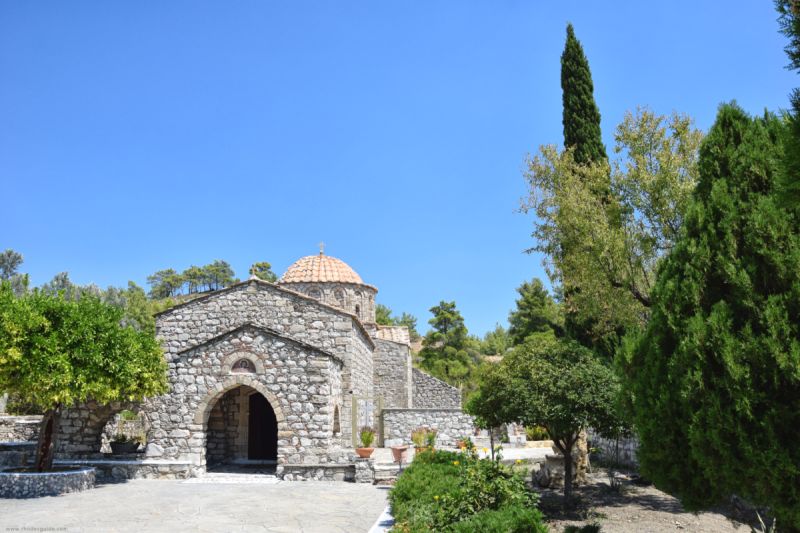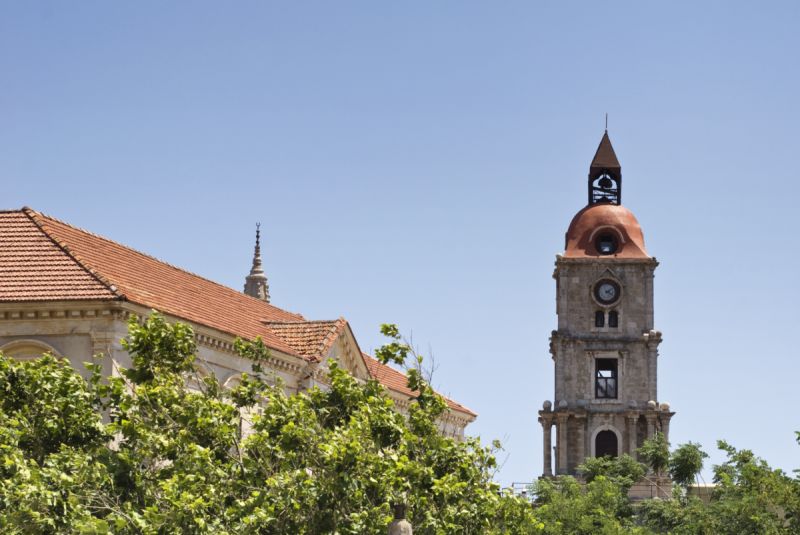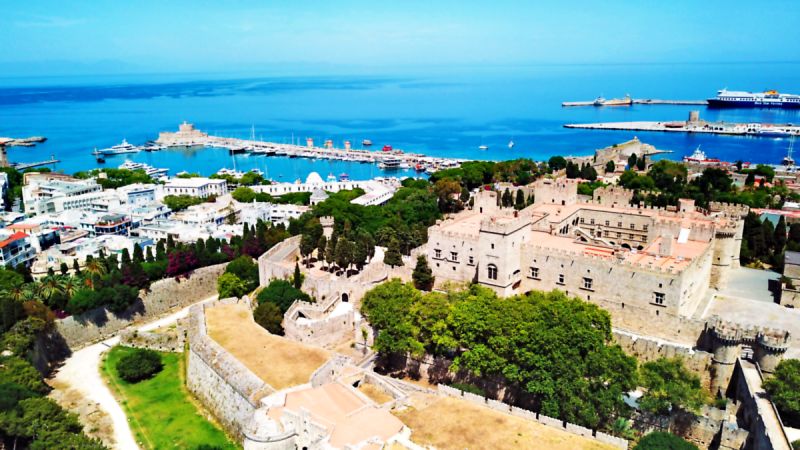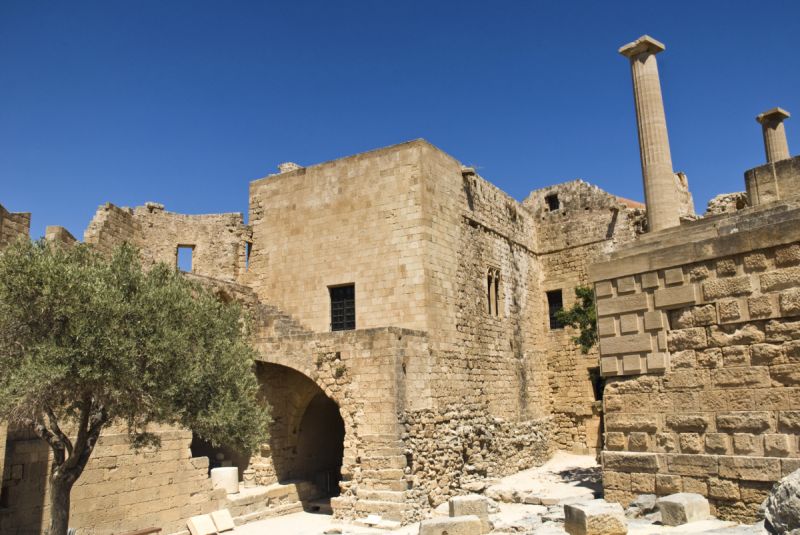Browse Topics

Suleymaniye Mosque
In the heart of Rhodes town in Greece, stands the Suleymaniye Mosque, a stoic monument to the past. Born from the ashes of the Ottoman conquest in 1522, it pays homage to Sultan Suleiman's triumphs. Though re-imagined in 1808 and touched by time, it remains the city's most distinguished testament to the Ottoman era.
Read more »
Palace of the Grand Master of the Knights of St. John
The palace of the Grand Master, is probably the most emblematic work of architecture in Rhodes and undoubtedly the symbol of the island’s medieval town. It was built in the 14th century under the command of Grand Master M. de Villeneure, on the foundations of another Byzantine fortress that did not manage to survive the repeated Arab-Persian attacks from the 7th century and on.
Read more »
Tharri Monastery
Tharri Monastery is surrounded by nature, a perfect place to experience calmness and tranquility. The Monastery is well known for its hospitality and attracts many visitors.
Read more »
Medieval clock tower (Roloi)
The Clock Tower (Clock Tower) is the highest point of the Old Town of Rhodes. However, at first glance, it is hardly noticeable at all. The best time to visit it is after dusk, as its illumination turns it into an even more impressive sight.
Read more »
Rhodes monuments, historical and archaeological sites
The first traces of life on the island of Rhodes are lost in the fog of myth. The first inhabitants are said to have been the aborigines Heliaden, agreements of the protective god Helios and the Telchines, a strange kind of people who supposedly resembled demons. These were, according to tradition, skilled sailors and skilled craftsmen who taught the ancient Rhodians how to forge and process stone.
Read more »
Rhodes Greece: Quick facts
The most popular of the Dodecanese Islands and one of the most popular of all the Greek islands, Rhodes is a multifaceted place, almost like a small country, with a history that has stirred romantics for centuries. It also has some of the best beaches the most interesting archaeological sites in Greece, fine restaurants and an intense nightlife.
Read more »
The history of Rhodes island
Rhodes, home to the Colossus of Rhodes and located in the southeastern Aegean Sea, has a rich history dating back to ancient times. Known for its strategic importance, it has been inhabited since the Neolithic period. Over centuries, Rhodes has seen the rise of the Minoans, Mycenaeans, and Dorians, and later became a significant cultural and commercial hub in the Hellenistic period.
Read more »
Monolithos Castle
Monolithos Castle, perched 236 meters above sea level near the village of Monolithos on the island of Rhodes, is a remarkable medieval fortress. Constructed atop the remnants of an older castle, its location on challenging natural terrain highlights the architectural ingenuity of its builders. This strategic position not only provided defensive advantages but also offers breathtaking views of the surrounding area, embodying the historical and cultural richness of Rhodes. The castle's enduring presence invites exploration of its past and appreciation of its rugged beauty.
Read more »
The Medieval Castle of Lindos
The Medieval Castle of Lindos, which can be found within the Acropolis of Lindos, is a historic fortification that once included the Governor's Palace of the Knights of St. John. Originally comprising three buildings, only two have withstood the test of time. This landmark is a testament to the rich history and architectural prowess of the era, offering a glimpse into the medieval period on the island of Rhodes. The castle's strategic location and remaining structures continue to draw an abundance of visitors, making it an essential part of Lindos' cultural heritage.
Read more »
The Byzantine castle of Lardos
The castle was built in the 12th century, during the Byzantine Era, by the Knights of the Order of St. John, whose main interest as soon as they arrived on the island in 1309, was to construct protective fortresses, preferably overlooking the sea, in order to defend themselves from the enemies.
Read more »
 English
English
 Deutsch
Deutsch
 Ελληνικά
Ελληνικά